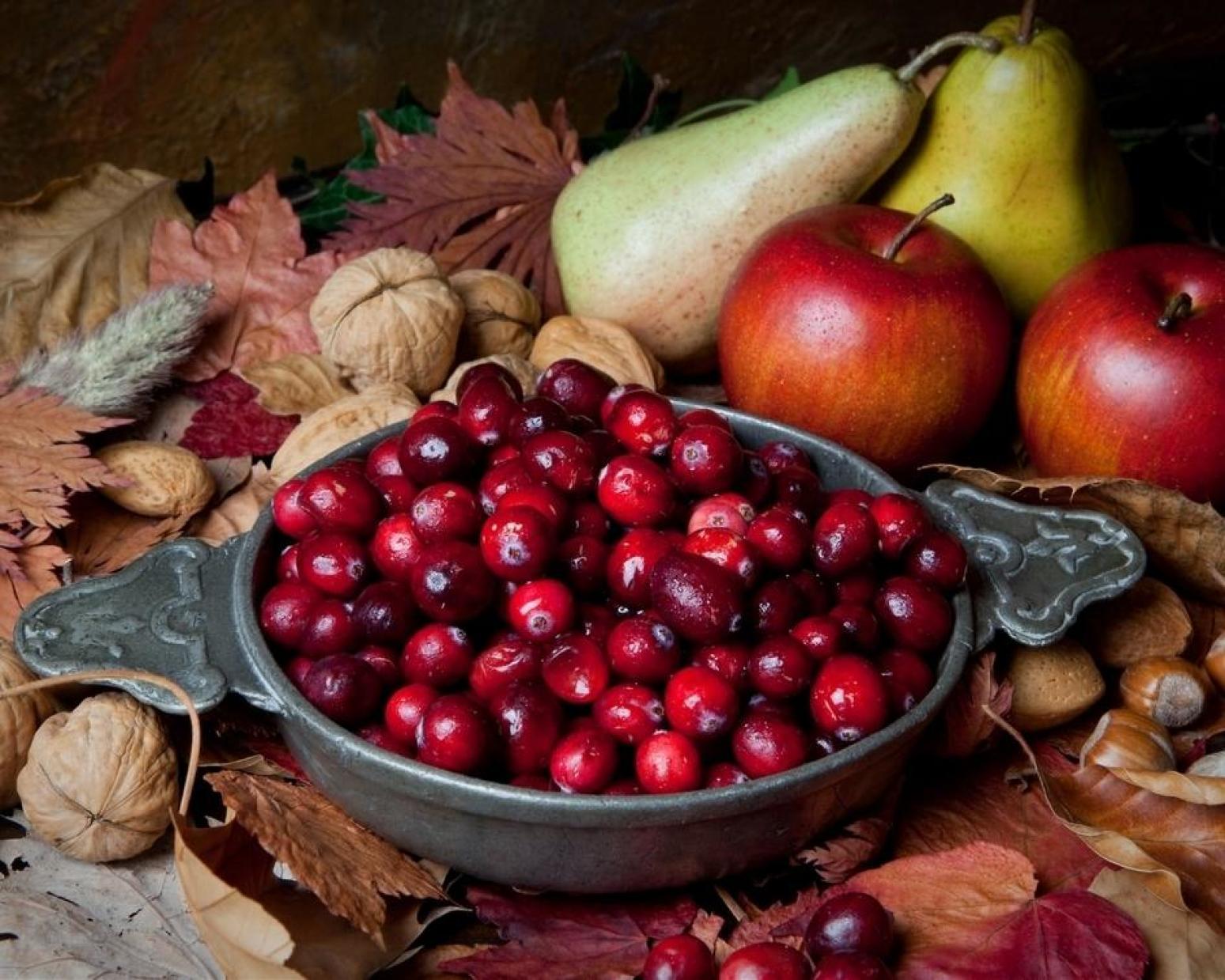Just because summer is over, it doesn’t mean you have to say bye bye to fresh fruits and vegetables. While you may have a problem finding an ear of fresh corn, fall opens up a whole new bounty of fresh produce.
Eating seasonally is not only great on the wallet, it also means you’re getting maximum taste and health benefits from the fruits and veggies.
We’ve gathered a sampling of our favorite fall fruits and vegetables, plus included some yummy recipes.
Apples
How many times did you hear your mom tell you, “An apple a day keeps the doctor away?” It was probably to get you to eat fruit, but mom may been onto something. Apples are rich in dietary fiber and packed with antioxidants (disease-fighting compounds). With more than 7,500 varieties, they’re definitely considered fall’s favorite fruit. When searching for the perfect apple, the brighter in color the better and make sure it’s firm with no bruises.
Beets
Beets are available year-round, but they are best in fall. Roasting or steaming are the easiest ways to prepare them to help to keep their health benefits. They’re a bug source of antioxidants, high in folate, potassium, and fiber.
Brussels Sprouts
Probably life’s most underrated veggie. A member of the cabbage family, Brussels sprouts are rich in vitamin c, fiber, folic acid and high in antioxidants. When buying, look for small, firm, brightly colored sprouts. The brighter green and smaller the head, the sweeter they will taste.
Cranberries
While you can enjoy frozen or dried cranberries year-round, fresh cranberries are at their peak between October and November. Cranberries are best known to perhaps prevent urinary tract infections. But what people don’t know is that they may help prevent gum disease too. Plus, they’re low in calories and taste delicious.
Pears
Packed with fiber, pears are considered one of the most hypo-allergenic fruits and have been known to lower cholesterol when eaten regularly. Plus, they’re sweet and will satisfy your sweet tooth. When choosing a pear, make sure it’s not rock hard. The perfect pear should slightly give under pressure.
Sweet Potatoes
If you’re health conscious, sweet potatoes are filled with vitamins A and c, a great source of fiber, fat- and cholesterol-free. If you want to splurge, they’re great in desserts too. Bigger’s not always better with sweet potatoes. At the market, look for small to medium potatoes with a smooth skin.
Cauliflower
Roast, steam, mash or turn into a yummy pizza crust – cauliflower is one versatile veggie. Packed with phytonutrients (chemicals found in plants believed to help prevent various diseases), vitamins, and antioxidants, definitely try to work them into your families’ fall menu. When buying cauliflower, the size of the head doesn’t matter. Just make sure the color is creamy white (or all one color if buying the purple or green variety) and the head is compact. The leaves should be green and not wilted.
Winter Squash
Even though Butternut, Acorn, and Spaghetti Squash are called winter squash, they’re actually harvested and come into season in the fall. Winter squash has many anti-inflammatory properties that may help alleviate some achy bones. Diet friendly, high in fiber and filled with vitamins, winter squash can be served as a stellar side dish or shine as the main course. When choosing a squash, make sure the color has a matte finish and their solid/heavy. Also, look for moldy or soft spots. If you find any, grab a different squash.
